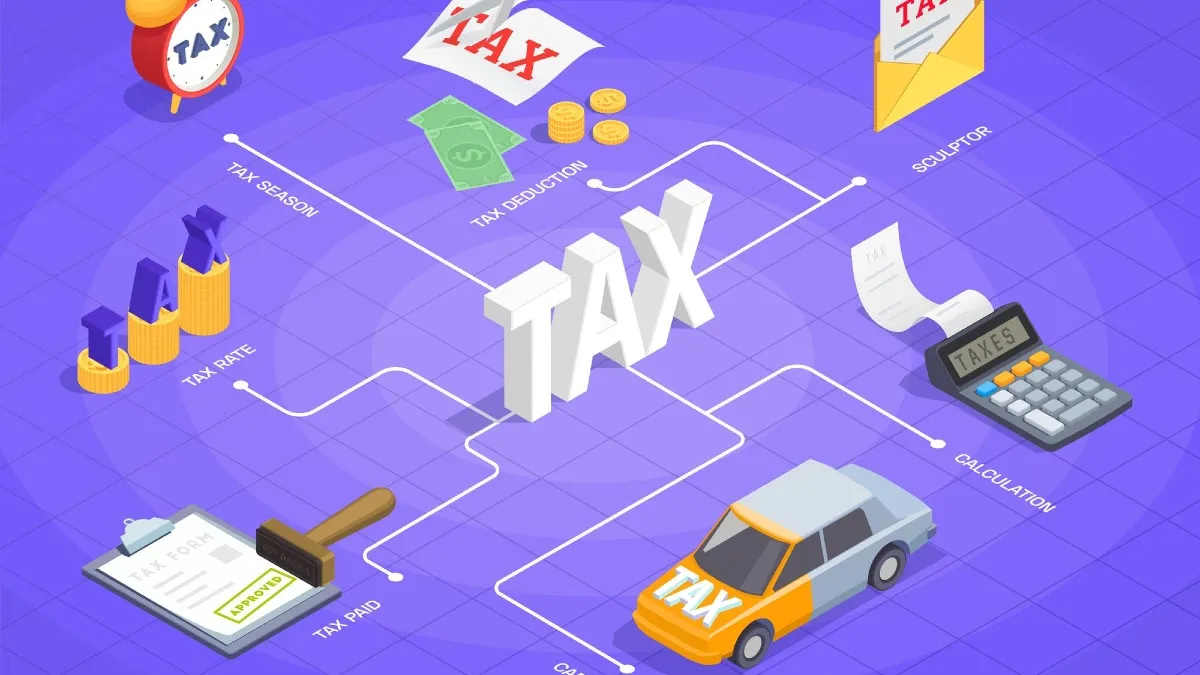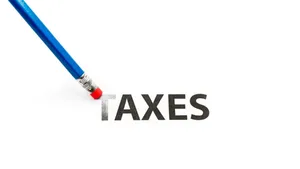For tax purposes, the IRS doesn't treat all income the same. The money you earn from your job is taxed differently than the profit you make from selling an investment. Understanding the difference between Ordinary Income and Capital Gains is fundamental to good tax planning.
Ordinary Income (The High-Tax Bracket)
Ordinary Income is the money you earn from day-to-day activities. This type of income is taxed at your standard, progressive income tax rate, which is the highest rate applied to your income.
What is Included?
- Wages and Salaries: Money from your primary job (reported on Form W-2).
- Business Profits: Net income from a side hustle or sole proprietorship (reported on Schedule C).
- Interest Income: Interest earned from bank savings accounts or CDs (reported on Form 1099-INT).
- Short-Term Capital Gains: Profit from selling an investment you held for one year or less.
- Non-Qualified Dividends: Dividends from investments that don't meet the IRS's criteria for qualified dividends.
How It's Taxed
Ordinary income is taxed using the standard federal income tax brackets (10%, 12%, 22%, 24%, etc.). The more you earn, the higher your marginal tax rate.
Capital Gains (The Tax Advantage)
Capital Gains are the profits you realize when you sell a capital asset (like a stock, bond, real estate, or mutual fund share) for more than you paid for it. The primary benefit of capital gains is the distinction between short-term and long-term.
1. Short-Term Capital Gains
- Definition: Profit from selling an asset you held for 365 days or less.
- Tax Rate: Short-term capital gains are treated exactly like Ordinary Income. They are added to your regular income and taxed at your highest marginal income tax rate. This provides no tax advantage.
2. Long-Term Capital Gains (The Big Advantage)
- Definition: Profit from selling an asset you held for more than one year (366 days or more).
- Tax Rate: Long-term capital gains are taxed at special, preferential rates that are often lower than your ordinary income tax rate.
| Ordinary Income Tax Bracket | Long-Term Capital Gains Tax Rate |
| 10% or 12% | 0% |
| 22% to 35% | 15% |
| 37% | 20% |
The Simple Tax Strategy
The fundamental tax strategy derived from this distinction is clear: Patience pays.
- Avoid Short-Term: Because short-term capital gains offer no tax benefit (they are taxed as Ordinary Income), investors should aim to hold appreciating assets for at least 366 days to lock in the lower long-term capital gains rates (0%, 15%, or 20%).
- Tax-Loss Harvesting: If you sell a losing investment, you can use that capital loss to offset capital gains and, in some cases, up to $3,000 of Ordinary Income.
- Qualified Dividends: The tax code treats qualified dividends (dividends meeting specific holding period rules) the same way it treats long-term capital gains, making them much more tax-efficient than non-qualified dividends.
Understanding these two types of income is the first step in maximizing your investment returns after the tax man takes his share.






